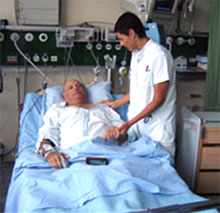About the programme
 Source: WHO headquartersPatient safety is increasingly being recognized as an issue of global importance. The WHO patient safety programme was launched in October 2004 in response to a World Health Assembly resolution in 2002 urging WHO and Member States to pay the closest possible attention to patient safety.
Source: WHO headquartersPatient safety is increasingly being recognized as an issue of global importance. The WHO patient safety programme was launched in October 2004 in response to a World Health Assembly resolution in 2002 urging WHO and Member States to pay the closest possible attention to patient safety.
The regional WHO patient safety programme aims to:
raise awareness of providers, health care professionals, academic institutions, policy-makers and the public on the concept of patient safety
empower and inform patients about patient safety
develop tools to assist health care institutions to develop, implement, sustain and monitor a patient safety programme
provide training and national capacity-building for health care providers on patient safety and related concepts
share information and collaborate with regional and international organizations.
The goals of the programme are the development of patient safety policy and implementation of a patient safety programme through a set of actions that aim to:
- reduce adverse events in health care settings
- reduce death and disability caused by health care delivery
- reduce health care costs
- strengthen credibility and promote trust between patients and providers
- build confidence in health services.








